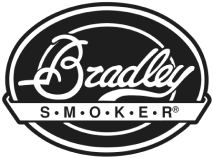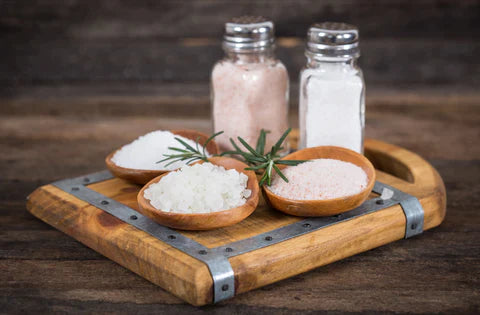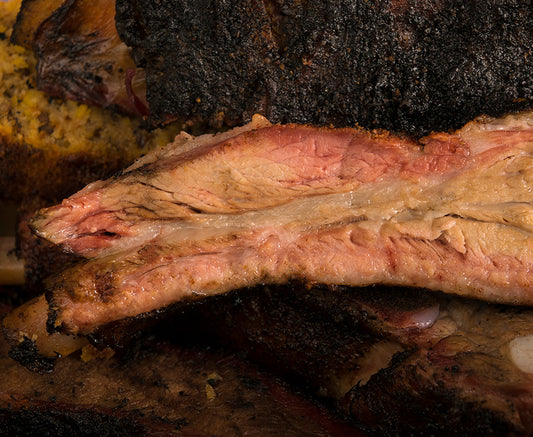Prague powder, a curing salt, has been used for just over a century to cure meat before barbequing. It’s an important ingredient in the age-old process of food preservation. Dating back to 1925, this salt is known to have originated from the Chicago-based firm, Griffith Laboratories, following the import of a similar recipe from Germany. Prague salt not only acts as a natural antibacterial ingredient but adds a delicious flavor to the meat. Prague powder is popularly called “the pink salt” and can be used to cure any type of meat to enhance flavor, color, and texture. The pink color has been added to make it easily distinguishable from ordinary salt.
Variations of Prague Powder
This wonder curing ingredient comes in two variations: #1 and #2. While both variations appear similar, there is a world of difference in terms of composition and use. This has created plenty of confusion among barbeque lovers. Simply by looking at the appearance, it’s difficult to know which variation would be suitable for what type of meat.
Here is a quick guide for all smoked food connoisseurs to learn the key differences between Prague powder #1 and Prague powder #2. To make it simple for everyone to understand, we have discussed the differences based on different aspects. Check them out below.
Composition of Prague powder #1 and #2
This might initially seem insignificant but it is important information to note. Although both the variations of Prague salt #1 and #2 appear the same in color and consistency, they vary in composition. As per the mandate by the federal government, Prague powder #1 contains 6.25% sodium nitrite and 93.75% table salt or sodium chloride. To put it in simple words, it contains 1 part sodium nitrite and 15 parts salt.
Prague powder #2 is a mixture of 6.25% sodium nitrite, 4% sodium nitrate, and 89.75% salt. It is extremely salty and should never be consumed as ordinary salt.

Curing effects of Prague powder #1 and #2
When the meat is smoked using Prague powder #1, the sodium nitrite changes to nitric oxide and starts to emit gas. So, by the time the food smoking is completed, only 10 to 12 percent of the nitrite from the cure remains and it further continues to dissipate as the food is preserved.
In the case of meat cured using Prague powder #2, the sodium nitrate starts breaking down to sodium nitrite. It reaches a level when the meat has no sodium nitrate in it at all. During food smoking, the sodium nitrite converts to nitric oxide and starts dissipating. This leaves only a residual amount of sodium nitrite in the cooked food and it continues to dissipate as long as the food is preserved.
Uses of Prague powder #1 and #2
Prague powder #1 is more suitable for wet curing meats that need an instant cure. For example, sausages, fish, and corned beef doesn’t require prolonged cooking or curing, so these are the best options to use Prague powder #1. For 5 pounds of meat cut into pieces, just mix 1 tablespoon of the Prague salt in the water to create a wet cure.
Prague powder #2 is mostly used for dry curing meats that require prolonged smoking and need to be cured for long hours. Hard salami and country ham are best cured using Prague powder #2.
Benefits of using Prague powder
The advantages for both Prague powder #1 and #2 are the same when used for curing meat. As we know moisture and warmth create the most favorable environment for bacteria to breed. Prague powder removes fluid from the cells making it unfavorable for microbes to grow. This process helps to kill even deadly bacteria that cause botulism. It increases the shelf life of the food and makes it safe for consumption.

Smoking Cured Meat
Food smoking is an art that requires experience and patience to be mastered. Several details add to the flavor, smell, and color of smoked food. To encourage beginners to try food smoking we are sharing some simple hacks on cooking cured meat.
Use the best quality meat: Raw and fresh meat can best absorb the smoky flavor during food smoking. Never try to put semi-cooked food in the food smoker expecting a miracle to happen. The result could be a disaster.
Maintain consistent temperature: Food smoking is a low and slow process. A small fluctuation in temperature can cause over-charring or overcooking of the food. To prevent these things from happening, definitely use Bradley Bisquettes. These specially designed wood pucks have a uniform density.
Get a pro smoker: A good food smoker can perform all the tasks automatically. For instance, Bradley Smoker comes with a digital timer and temperature controller with an auto feeder and will work continuously for up to 10 hours with some supervision. It has dual heat elements that can perform hot smoking, cold smoking (with the cold smoke adapter kit), dehydration, and even act as an oven.
Don’t serve immediately: Let the meat rest for a bit after it is smoked. This allows the meat to reabsorb all the liquid secreted during the smoking and will make the meat more tender and succulent.
We hope our expert guidance on Prague powder #1 and #2 is helpful, and that these additional Bradley tips and tricks will result in some gourmet cooking.
Check out our entire catalog of articles on brining and curing your meat here:
What’s the Difference Between Pickling, Brining, Marinating, and Curing?
Curing and Smoking Meats for Home Food Preservation
Directions On Brining And Curing Your Meat For Food Smoking
For more great ideas on how to get the most of your Bradley Smoker, check out the awesome articles on our Bradley Smoker Food Smoking Blog for more tips & tricks.





